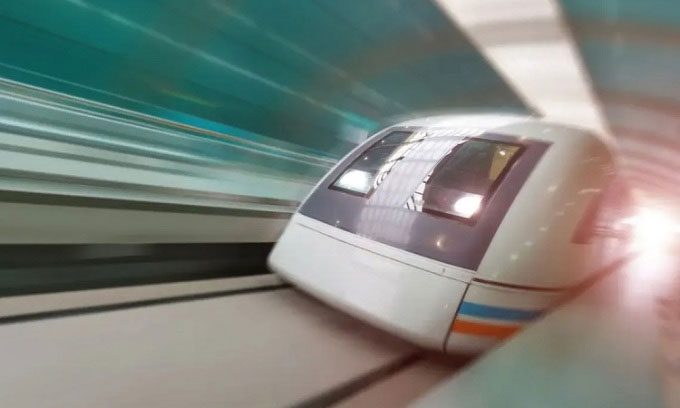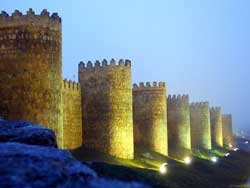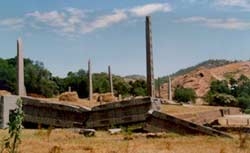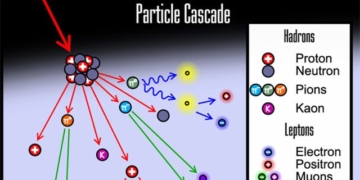The UAE Government is considering the construction of a high-speed underwater train connecting to Mumbai, India.
Travelers from Mumbai to the United Arab Emirates (UAE) in the future may choose alternative transportation methods instead of flying if the ambitious project linking Fujairah and Mumbai via an underwater bullet train becomes a reality. The National Advisor Bureau Limited in the UAE is contemplating such a project and is conducting a feasibility report, Interesting Engineering reported on October 9.

The UAE is assessing the feasibility of an underwater train linking Fujairah and Mumbai. (Photo: iStock).
The UAE is renowned for its large-scale projects, such as the world’s tallest skyscraper and the Palm Islands off the coast of Dubai. However, in its next major endeavor, the UAE aims to cross the Arabian Sea, connecting India’s financial capital, Mumbai, with its port city, Fujairah. The plan was first introduced in 2018, but only recently has Dubai sought to promote its construction.
The flight time to Dubai is over 3 hours. By switching to high-speed rail, the UAE hopes to reduce travel time by at least one hour, with trains capable of operating at speeds of up to 1,000 km/h. However, the project is not only aimed at passengers looking for alternative travel routes but also aims to enhance trade with India. The port city of Fujairah would export oil to India while fresh water is transported from the Narmada River to the UAE.
The distance between the two locations is less than 2,000 km, but construction in deep waters poses a significant challenge. The initial report also suggested that instead of lining the tunnel with colored bricks, the project could utilize transparent viewing windows for scenic views. Details regarding the type of trains used and the construction process will be addressed in the feasibility report. The project will also require substantial investment, estimated at several billion USD.
Technical feasibility in underwater construction is the main hurdle to overcome, as seen previously with the Channel Tunnel connecting the UK and France. The difference lies in the fact that the Channel Tunnel is only 56 km long and trains operate at a relatively low speed of 112 km/h. In comparison, the UAE’s project is significantly more ambitious, aiming to construct a train route more than 50 times longer and operate trains at speeds 10 times faster.





















































